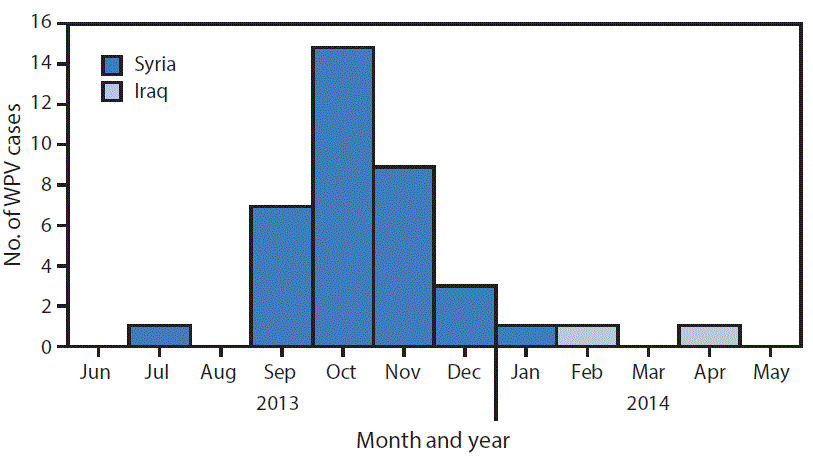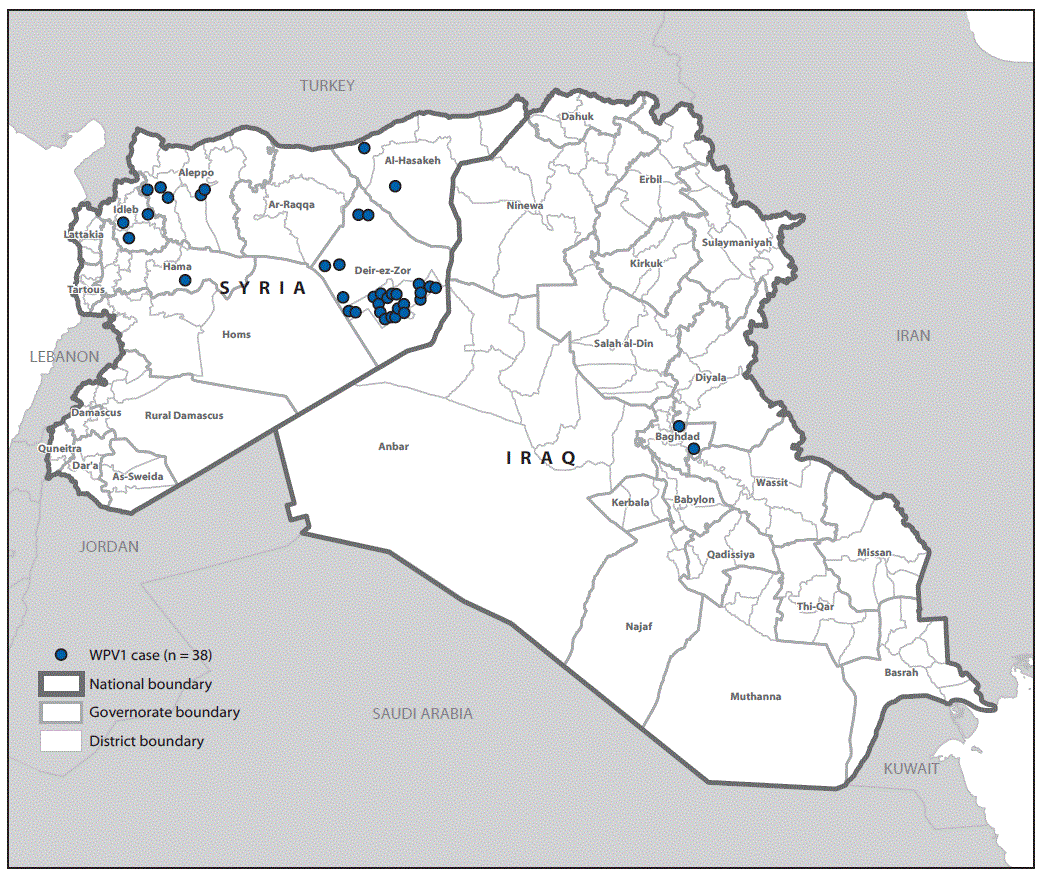
WHO is working closely with UNICEF and health authorities to keep Yemen polio-freeSANA’A, 20 February 2017—A nationwide polio immunization campaign was launched today in Yemen by national health authorities with support from WHO and UNICEF, aiming to immunize 5 019 648 children under the age of 5.
More than 40 000 health workers are taking part in the 3-day campaign. In addition, religious and local council’s officials, as well as health educators are also mobilizing support for the campaign. High-risk groups, such as internally displaced persons (IDPs) and refugees, will also be reached.
“WHO is working closely with UNICEF and health authorities to keep Yemen polio-free. The threat of virus importation is serious and this campaign aims to curb any possible return of the virus to Yemen,” said Dr Nevio Zagaria, WHO Acting Representative in Yemen.
“WHO and its partners will continue to support the health authorities in increasing the vaccination coverage across Yemen.”
This is the first polio immunization campaign since April 2016. The security situation in Yemen has limited accessibility of many parts of the country, leaving many children at risk of vaccine preventable diseases.
As the nearly 2-year-old armed conflict in Yemen has been posing threats to the Expanded Programme on Immunization (EPI), WHO has supported the programme to keep polio vaccines safe through providing fuel, generators and solar-powered refrigerators to ensure the functionality of vaccine storage as well as cold chain transferring them from the war-torn areas into safer places.
“Despite huge security challenges, WHO is committed to supporting polio immunization campaigns and all activities of the EPI to maintain the polio-free status achieved by the country in 2006” said Dr Zagaria.











